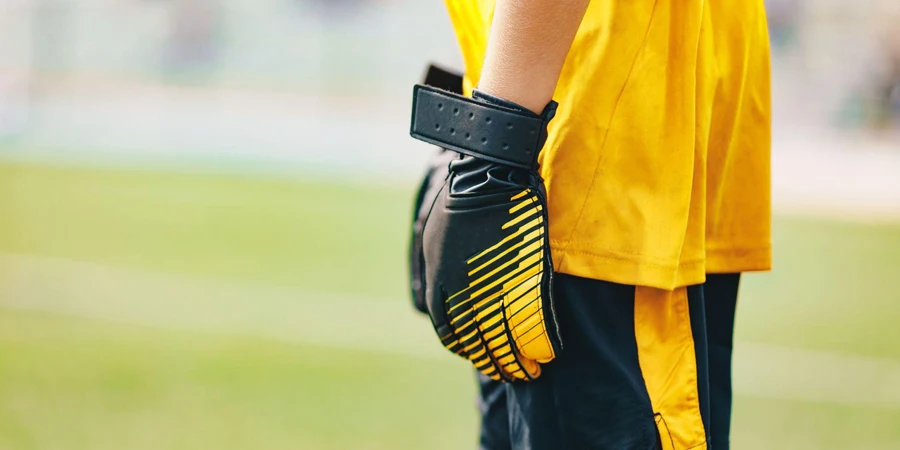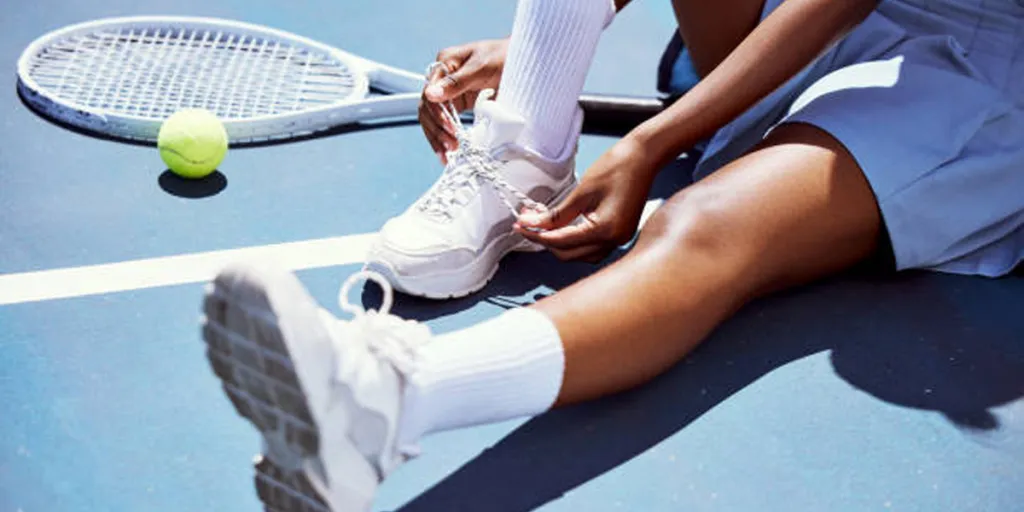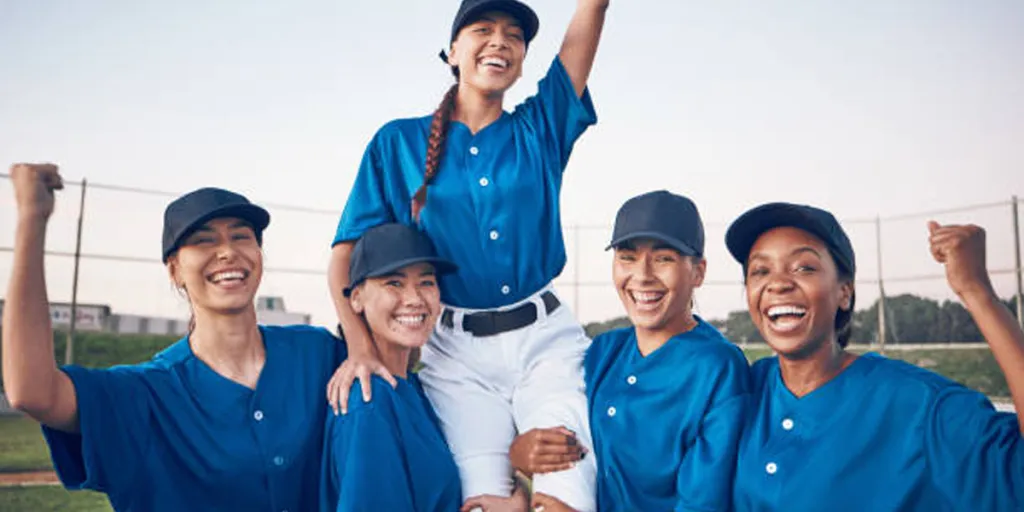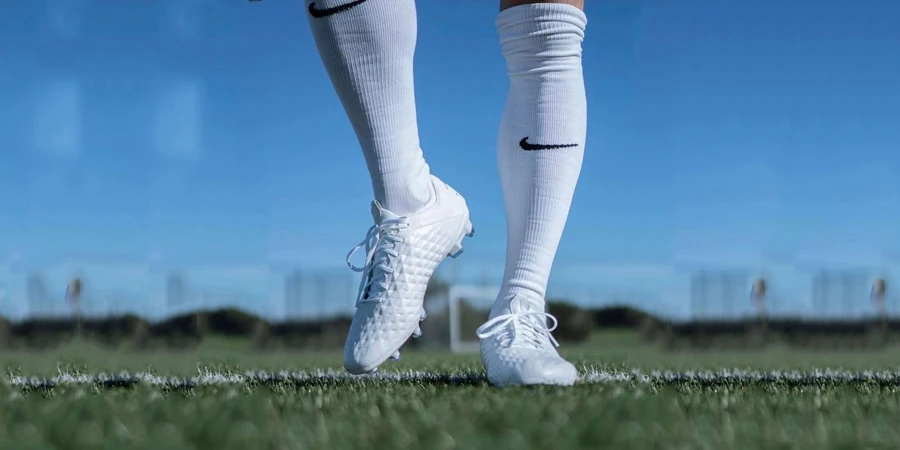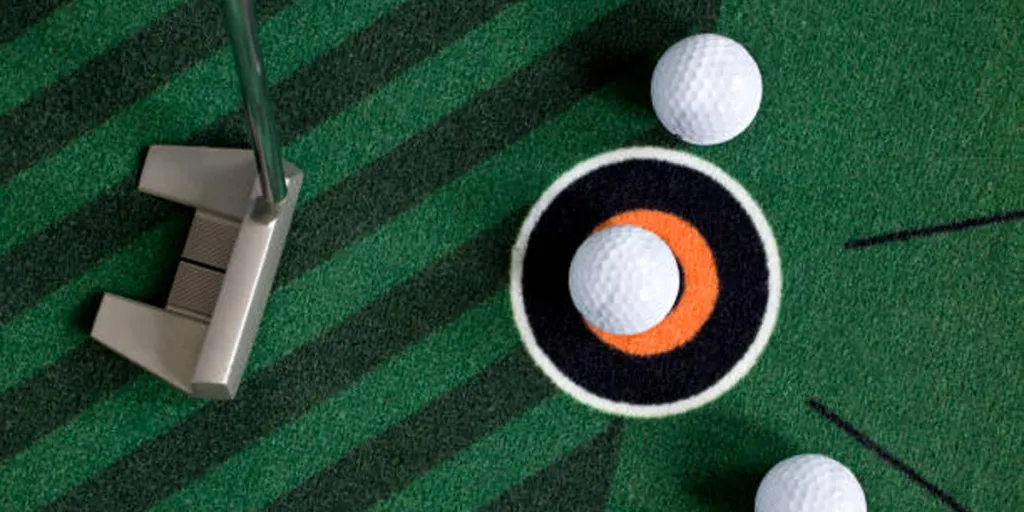Table of Contents
● Introduction
● Market Overview
● Key Considerations of Selection
● Conclusion
Introduction
For goalkeepers, gloves are not just an accessory but a crucial extension of their hands. The right pair can mean the difference between a good save and a great one. This guide is designed to assist business professionals and online retailers in navigating the vast selection of goalkeeper gloves, ensuring they stock the best options for their clientele.
Market Overview
The average monthly search number of goalkeeper gloves is 13500 on Google. As the key position of the most popular sport in the world. The must-have outfit of a goalkeeper has to be the goalkeeper gloves. The increasing number of young people playing soccer and the rising demand for soccer equipment and accessories post-2020 are significant drivers for the market. The market’s expansion is also supported by strategic moves by manufacturers, such as collaborations with sports teams and innovations in product materials and designs. Major manufacturers in this market include well-known brands such as Reusch Xosa, Blok-IT, Vizari, Brine King, Diadora, Adidas, Nike, and PUMA, with Adidas and Nike being among the largest.
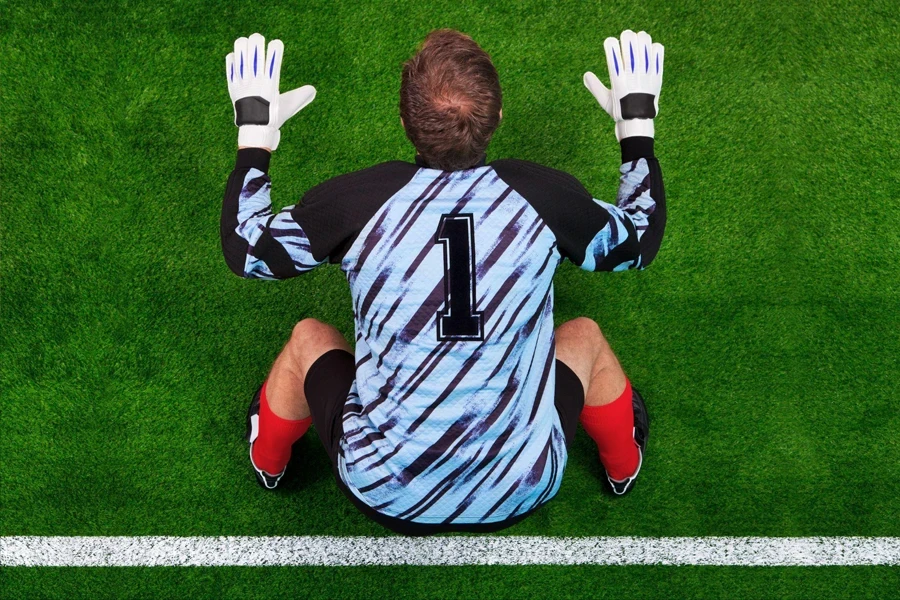
Key Considerations of Selection
Types of Options
Youth Special
Specially designed for younger goalkeepers, youth gloves offer a combination of protection, grip, and a comfortable fit tailored to smaller hands. These gloves often feature softer, more forgiving latex to help young players catch the ball more easily, along with lightweight, flexible materials for comfort and ease of movement. Adjustable closures ensure a secure fit, while bright colors and designs appeal to younger athletes.
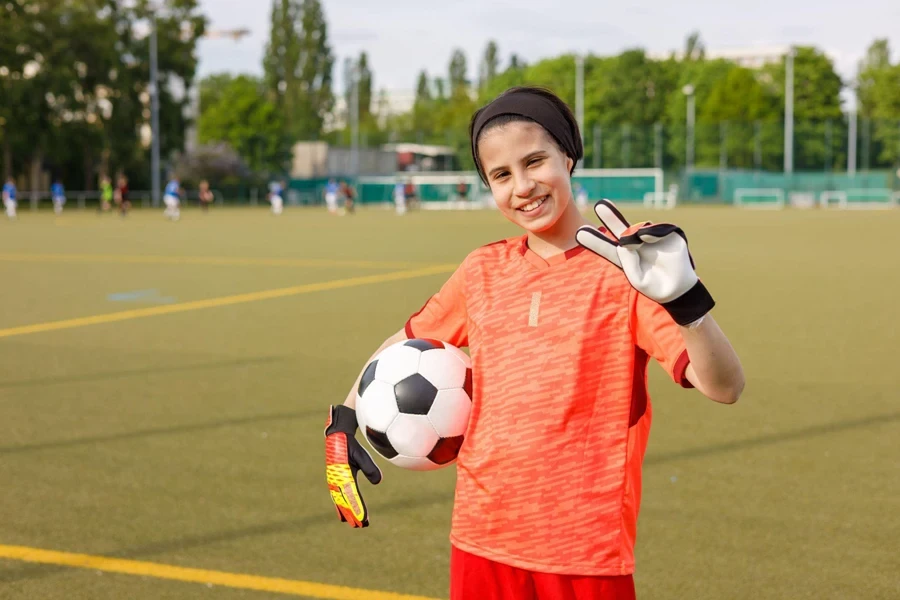
Budget-Friendly Option
Ideal for beginners or those with budget constraints, budget-friendly goalkeeper gloves provide essential features like decent grip and protection at an accessible price point. While they may lack the advanced technologies of higher-end models, they still offer sufficient performance for casual play or those just starting. Features might include softer latex or synthetic palms, simple velcro wrist closures, and minimal padding.
Mid-Range Option
For amateur to intermediate players seeking a balance between quality and affordability, mid-range goalkeeper gloves offer a step up in durability and performance features. These gloves may incorporate more durable latex, improved fit designs, and additional protective elements like finger saves, without reaching the premium pricing of high-end models.
High-End Choice
For those seeking the pinnacle of technology and performance, high-end goalkeeper gloves from top brands offer advanced grip-enhancing treatments and ergonomic designs. These gloves often feature state-of-the-art materials like contact latex for unparalleled grip in various conditions and innovative cuts for a closer fit. Enhanced wrist support, finger protection systems with spines or guards, and moisture-wicking fabrics are standard, ensuring top-tier performance and comfort.
Grip and Durability
The performance of goalkeeper gloves hinges significantly on their grip and durability, with the palm’s latex composition being a pivotal element. Optimal performance is often achieved with high-grade latex, usually ranging between 3 to 4 mm in thickness. This thickness is a critical factor, influencing not just the grip necessary for securing the ball but also the goalkeeper’s tactile sensation and control over the ball. A thinner latex layer tends to enhance ball control and feel, whereas a thicker layer adds a layer of protection and ensures a more cushioned catch.
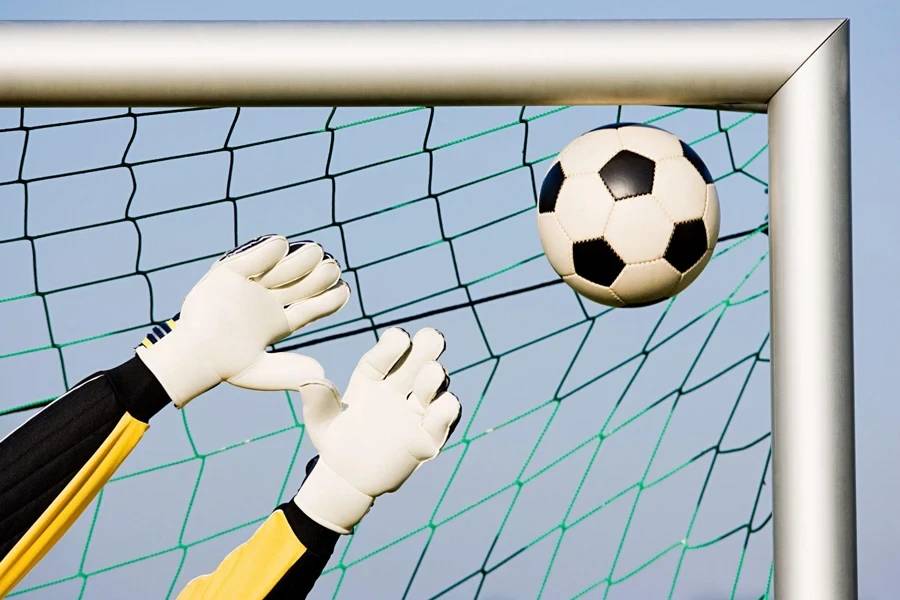
The latex’s softness also plays a vital role, with softer variants providing a superior grip. However, it’s worth noting that while softer latex may offer an improved grip, it might compromise on durability compared to its harder counterparts, which are more resilient but might slightly reduce grip. The latex blend, often enriched with rubber, is specially formulated to adapt to various playing surfaces, including artificial and indoor arenas.
The longevity of the gloves is also contingent on their maintenance. Regular washing post-use is crucial to preserve the gloves’ adhesive quality. The advisable cleaning regimen involves a gentle rinse under lukewarm water, followed by the removal of dirt with a soft rub, and air-drying, preferably wrapped in newspaper or placed in a dry area.
Cut and Style
The design and cut of goalkeeper gloves play a significant role in their functionality and fit, with various styles catering to different preferences and needs. Among the popular cuts, the Roll Finger design stands out for its traditional approach, where the latex wraps around the fingers, providing extensive contact with the ball but offering a looser fit compared to other styles. This cut is favored for its comfortable feel, though some may find it bulkier than its counterparts.
The Negative Cut has gained popularity, especially in Europe, for its snug fit. This style features internal stitching, creating a tighter glove that conforms closely to the hand, offering a more true-to-hand ball control. However, this tighter fit can lead to quicker wear and tear. Gloves with a Negative Cut are designed for those seeking a precise fit and enhanced ball feel.
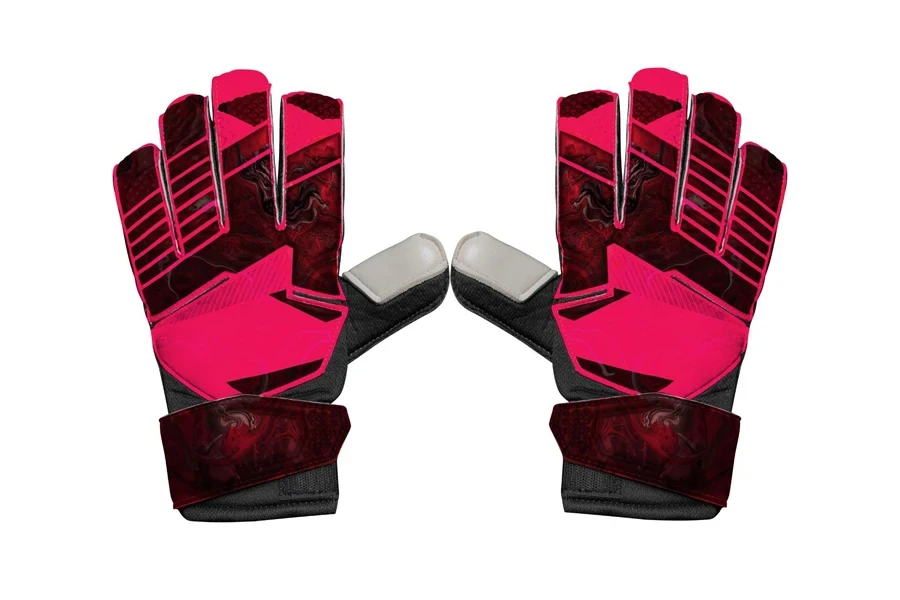
Hybrid cuts, such as the Negative Roll, combine the best aspects of different styles to offer a tailored glove experience. These gloves provide the snug fit of a Negative Cut with the added latex contact of a Roll Finger cut, offering a unique balance of comfort, fit, and ball contact. The choice of cut often comes down to personal preference, with each style offering distinct advantages in terms of fit, feel, and functionality.
Maintenance plays a crucial role in the longevity of the gloves, regardless of the cut. Regular cleaning post-use is essential to maintain the gloves’ grip and overall condition. The recommended care involves a gentle rinse, careful dirt removal, and air-drying, ensuring the gloves remain in optimal condition for extended use.
Materials and Technology
The materials and technology behind goalkeeper gloves are integral to their functionality, offering goalkeepers the necessary protection and grip. Modern gloves are crafted from a blend of materials, each serving a distinct purpose to enhance performance. Polyurethane stands at the forefront, valued for its durability and flexibility. This elastomeric polymer forms the glove’s base, providing a cushion against the ball’s impact while maintaining comfort and glove integrity. Its ability to form into both rigid and flexible textures makes it indispensable in glove construction, ensuring the gloves remain intact even after repeated powerful shots.
Latex plays a pivotal role in the palm area, offering the essential grip needed for ball control. This natural substance, derived from plants, is processed into a synthetic rubber that expands upon ball contact, molding to its shape to secure grip. The presence of tiny holes within the latex enhances this effect, although its performance can vary with weather conditions, with dry conditions potentially leading to reduced durability due to cracking.
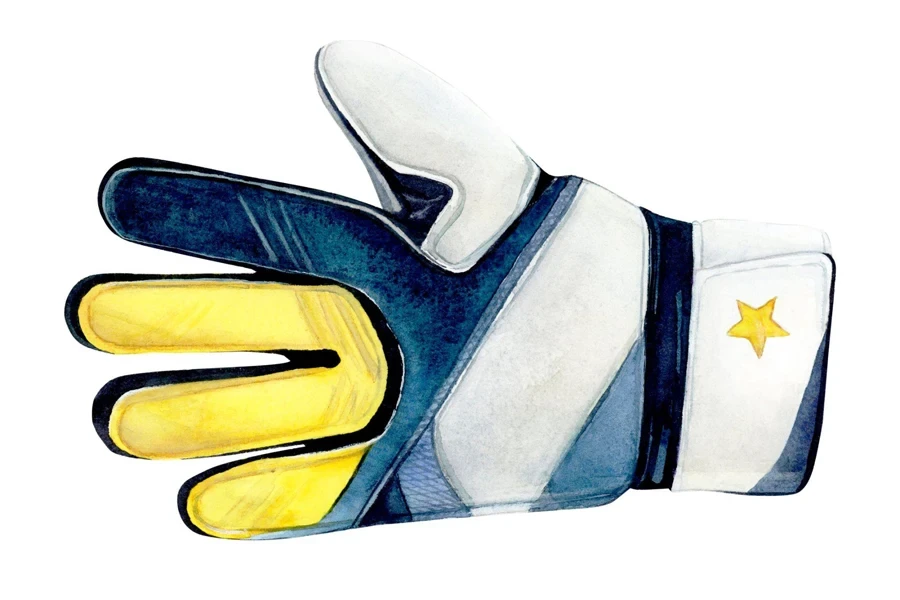
Foam padding adds an extra layer of protection and comfort, positioned above the latex to absorb the majority of an incoming ball’s force. This material’s low density means it’s not as durable on its own but serves to lessen the load on the latex layer, extending the glove’s lifespan. Elastic closures ensure the gloves remain securely in place, adapting to the intense and frequent shots goalkeepers face. The balance in the strap’s tightness is crucial; too tight, and the materials may wear down quicker from the impacts, too loose, and the grip on the ball might be compromised.
Cloth lining, often found around the fingertips, minimizes wear and offers additional finger protection. This area is particularly prone to injuries, making the layered cloth lining essential for cushioning impacts. In selecting materials for goalkeeper gloves, considerations such as playing conditions and desired features, like grip in wet or dry conditions, are paramount. For instance, contact latex excels in dry conditions, while cyclone latex is preferable for wet conditions. Durability-wise, quartz latex stands out, offering a balanced performance in various conditions.
Comfort and Protection
The right fit in goalkeeper gloves is crucial for optimal maneuverability and performance. Gloves should be snug but not tight, offering flexibility and comfort. Adjustable straps and breathable materials ensure a good fit and maintain a comfortable temperature. Finger protection systems in gloves help prevent hyperextension injuries by including spines or supports that limit excessive finger movement, protecting against serious injuries. Additionally, extra padding and reinforced backhands in gloves are key for shock absorption, protecting goalkeepers during high-impact saves and reducing the risk of hand injuries. This reinforcement also enhances the gloves’ durability, ensuring they endure regular use.
Conclusion
Selecting the right goalkeeper gloves is a nuanced process that requires an understanding of the market, key features, and customer needs. By considering the outlined factors and top picks, retailers can curate a selection that caters to a range of goalkeepers, from amateur enthusiasts to professional players.
